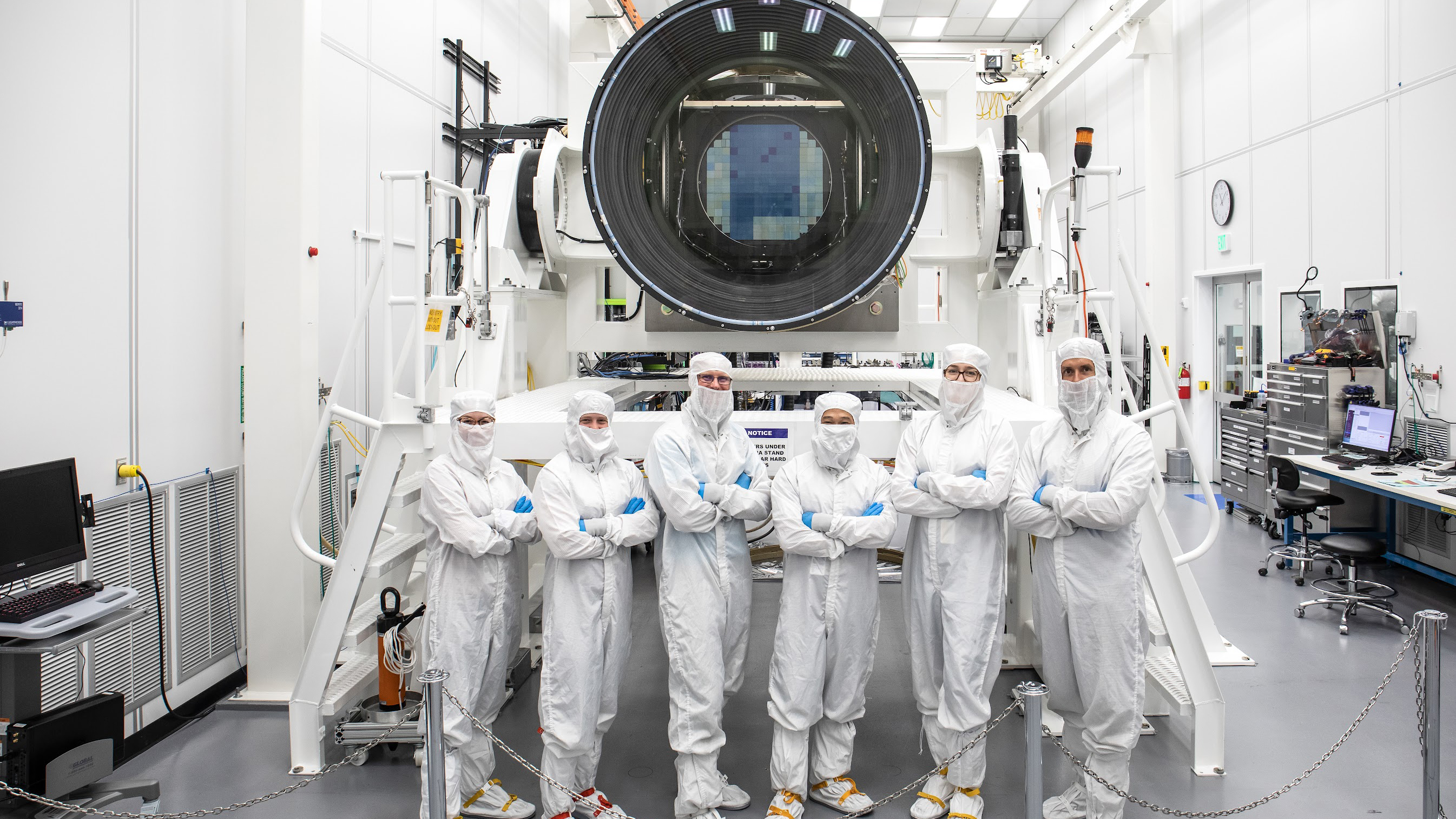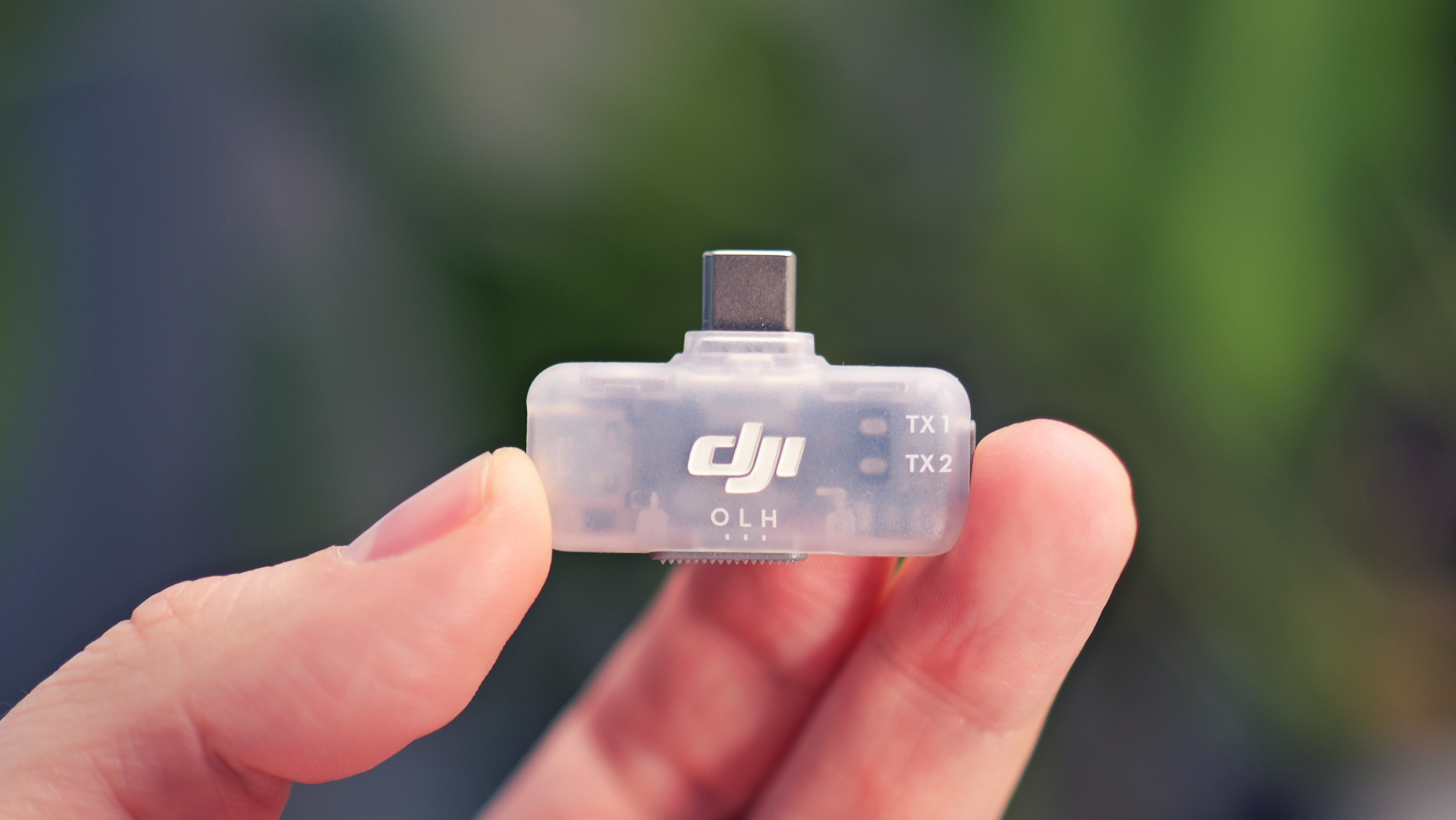World's largest digital camera sensor is equivalent to 266 iPhones!
You would need the combined power of 266 iPhones to even get close to the worlds largest camera sensor

The world's largest digital camera sensor is now nearing operation, with the final touches being put together on the mechanical assembly, we are edging ever closer to the first camera tests.
The sensor records a 3,200-megapixel image. Now that is 3.2 billion individual pixels, to reiterate, billion. The iPhone 14 has a 12-megapixel main sensor, which is paltry in comparison, 12 million individual pixels. So for the same resolution, it would require the combined sensors of 266 iPhones!
The world's largest sensor naturally comes with the world's largest camera. The camera lens measures 1.65m tall, which is taller than most family sedan cars, and when you include the mirror it adds an additional 7.6m. And although not at huge risk of being knocked about in a kit bag, the camera also has the official honor of having the world's largest lens cap.
At the Vera C Rubin Observatory in Chile, and part of the Legacy Survey of Space and Time (LSST) project, the project's mission is to catalog 20 billion galaxies over the next 10 years, which will help to further scientists' understanding of the mysteries around dark matter and the formation of galaxies. The observatory is nestled deep in the Andes mountains which thanks to the earth's curvature provides optimal angles to capture the skies and minimal light pollution.
New Scientist has made a video demonstrating the sheer size and scale of the sensor and camera which you can watch below:
If you are looking for the highest-megapixel consumer camera that is reasonably accessible to most people, then you're probably looking at the Fujifilm GFX 100, which measures 100 megapixels. For context, you'll have to try imagining sticking 32 of these next to each other.
So how big is the sensor? The Vera Rubin camera sensor is 64cm wide in total. This is approximately 18.3 times larger than a 35mm full-frame camera sensor. This really puts the endless full-frame vs APS-C debate in perspective.
The best camera deals, reviews, product advice, and unmissable photography news, direct to your inbox!
The sensor uses 189 individual CCD sensors, which are separated into 21 "rafts," these are subunits each made up of individual 16-megapixel sensors, there are also several peripheral rafts, that are used to measure guidance and focus.
If you want to view these images this sensor can produce in full resolution you might be out of luck, as a 100% magnification would require 378 connected 4K monitors. In fact, this resolution is so high definition that you can pick out a golf ball from 25 kilometers (15 miles) away.
Find out more about the universe with our guide to the best deep space telescopes, the best CCD camera for astrophotography, and the best lenses for astrophotography.

Gareth is a photographer based in London, working as a freelance photographer and videographer for the past several years, having the privilege to shoot for some household names. With work focusing on fashion, portrait and lifestyle content creation, he has developed a range of skills covering everything from editorial shoots to social media videos. Outside of work, he has a personal passion for travel and nature photography, with a devotion to sustainability and environmental causes.

